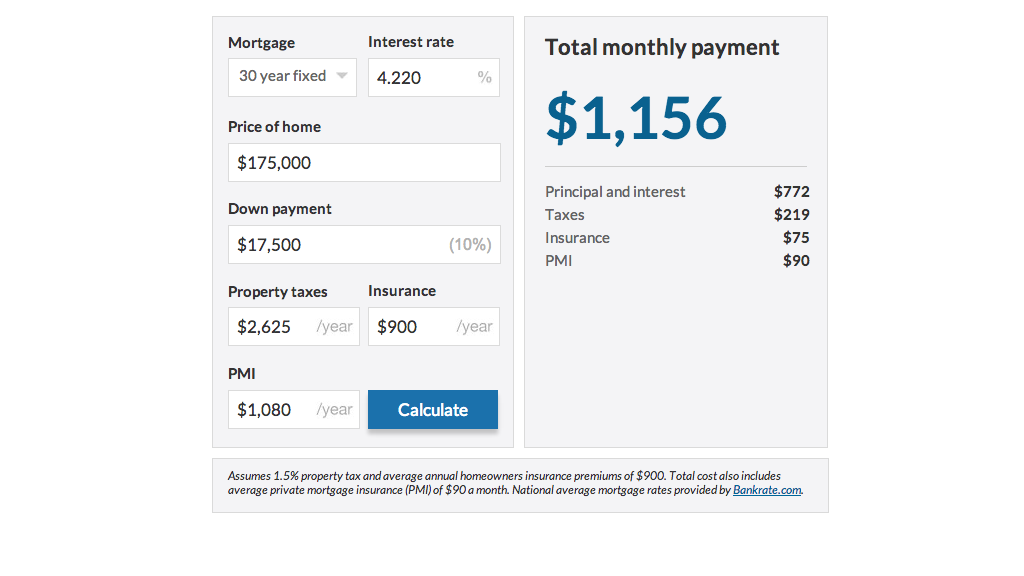

Consolidating high-interest credit card debt: A word of warning: Make sure you don’t simply run up more credit card debt.Paying college expenses: A HELOC might be a better option than taking out private student loans however, federal student loans carry low interest rates and are likely the best choice.Funding home improvements that add value to your home: A new kitchen or bathroom can pay off in the long run, so this type of expense is a legitimate use of a HELOC.Lenders often require you to take an initial advance when you set up the loan, withdraw a minimum amount each time you dip into it and keep a minimum amount outstanding. You’ll access the line of credit using specially issued checks or a card that looks like a credit card. Your lender might allow you to renew the credit line, as well. During this time, you’ll pay back the outstanding balance you borrowed, as well as interest accrued. When the draw period ends, you enter the repayment period, which can last up to 20 years. Unlike a home equity loan, which is paid out in a lump sum, a line of credit revolves so as you pay off the line of credit principal, you can use the HELOC again. The latter helps you pay off the loan faster, which can save you on interest, especially in a rising-rate environment. Some lenders require you to make both payments during the draw period. HELOCs usually only require interest payments during the draw period, though you can make interest and principal payments during this time if you choose. This is called the draw period, when you can withdraw money as you need it. You’re given a line of credit that’s available for a set time frame, usually up to 10 years. A home equity line of credit, or HELOC, is a type of home equity loan that works like a credit card.


 0 kommentar(er)
0 kommentar(er)
